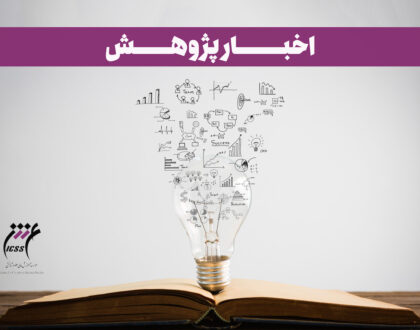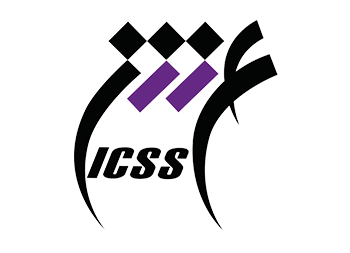Edison was right: Waking up right after drifting off to sleep can boost creativity

The state between wakefulness and sleep is a sweet spot for problem-solving
When Thomas Edison hit a wall with his inventions, he would nap in an armchair while holding a steel ball. As he started to fall asleep and his muscles relaxed, the ball would strike the floor, waking him with insights into his problems. Or so the story goes.
Now, more than 100 years later, scientists have repeated the trick in a lab, revealing that the famous inventor was on to something. People following his recipe tripled their chances of solving a math problem. The trick was to wake up in the transition between sleep and wakefulness, just before deep sleep.
“It is a wonderful study,” says Ken Paller, a cognitive neuroscientist at Northwestern University who was not part of the research. Prior work has shown that passing through deep sleep stages helps with creativity, he notes, but this is the first to explore in detail the sleep-onset period and its role in problem-solving.
In this transitional period, we are not quite awake, but also not deeply asleep. It can be as short as a minute and occurs right when we start to doze off. Our muscles relax, and we have dreamlike visions or thoughts called hypnagogia, generally related to recent experiences. This phase slips by unnoticed most of the time unless it is interrupted by waking. Like Edison, surrealist painter Salvador Dalí believed interrupting sleep’s onset could boost creativity. (He used a heavy key instead of a metal ball.)
To see whether Dalí and Edison were right, researchers recruited more than 100 easy sleepers. The team gave them a math test that required them to convert strings of eight digits into new strings of seven by using specific rules in a stepwise manner, such as “repeat the number if the previous and next digit are identical.” The volunteers weren’t told that there was an easier way to get the right answers by following a hidden rule: The second number in their final string was always the same as the last number in the same string.
Those who didn’t find the trick after 30 trials took a 20-minute break resting in a chair in a dark room with their eyes closed. Each held a plastic bottle in their right hand while the researchers recorded their brain activity with electroencephalography helmets, which measure electrical waves produced by neural cells. They were also told to report aloud what was in their minds if they let the bottle fall.
Most of those who napped reported various visions: dancing numbers and geometrical shapes, the Roman Colosseum, a hospital room with a horse. After the break, the participants went back to complete the math problems.
The researchers didn’t see any connection between the content of people’s visions and their performance on the task. But looking at brain activity, they found that those who napped and were interrupted during the first phase of sleep were three times better at finding the hidden key to the problem than those who remained awake. Twenty out of 24 of these nappers (83%) found the key, versus only 15 out of the 59 (30%) that stayed awake, the researchers report today in Science Advances.
The creative effect happened even for people who spent just 15 seconds in the first sleep stage. But the trick didn’t work for those who reached later stages of sleep. “Our findings suggest there is a creative sweet spot during sleep onset,” says author Delphine Oudiette, a sleep researcher at the Paris Brain Institute. “It is a small window which can disappear if you wake up too early or sleep too deep.”
Contrary to the Edison tale, the eureka moment didn’t come immediately after waking in this study. People took on average 94 trials of the math test after the nap to have an insight. “It is not like you can take a power nap and wake up with a solution right away,” Oudiette says. (She has tried the technique herself a few times but thinks its application is tricky in real life, when the solutions to most of our problems aren’t as well-defined as a math calculation.)
Still, sleep researcher Tore Nielsen at the University of Montreal was surprised that such short periods of sleep had such a significant effect. Scientists previously assumed it would take longer periods of sleep to help with problem-solving, says Nielsen, who was not involved with the work. He has adopted Edison’s trick in his personal life, napping at his desk and waking up when his head falls forward to then write down his dreams. Now that the technique is validated, he says, it will make research on sleep and creativity easier.
The study team also identified a brain activity pattern linked to the creativity-boosting phase: moderate levels of brain waves at a slow frequency known as alpha, associated with relaxation, and low levels of delta waves, a hallmark of deep sleep.
Oudiette says researchers can now focus on this brain signature when investigating the neural mechanisms of creative problem-solving. Her team has already planned an experiment to help people reach a creative zone by monitoring their brain waves in real time. “Edison’s intuition was somewhat right,” she says, “and now we have a lot more to explore.”
مطالب مرتبط

نشست دفاع از پایان نامه
۳ / مهر / ۱۴۰۳

انتشار نسخه جدید فصلنامه تازههای علوم شناختی: دوره ۲۵، شماره ۲
۱۵ / آبان / ۱۴۰۲


